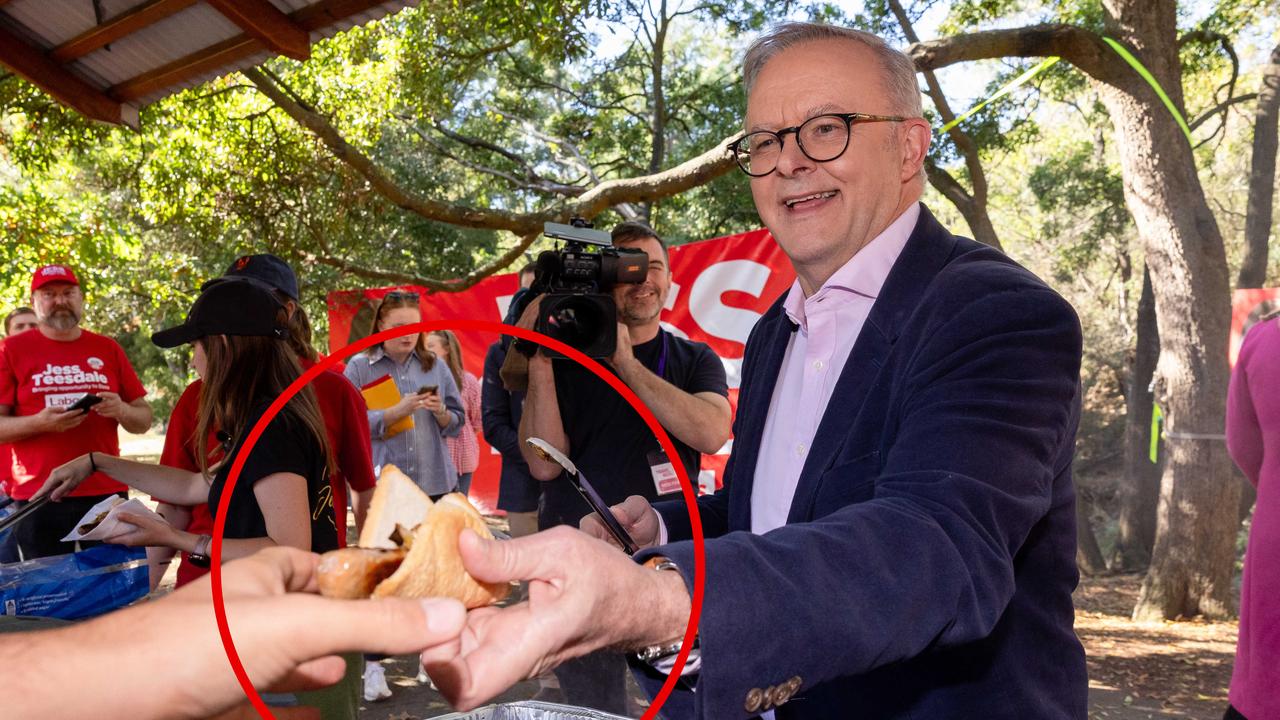Superannuation fees shape the best and worst funds in the sector
Want an extra $250,000 when you retire? There is one big factor in your superannuation fund that will help get you there.

National
Don't miss out on the headlines from National. Followed categories will be added to My News.
Super fund members who fail to check their fees and investment performance are potentially missing out on almost $250,000 at retirement, a new report says.
An analysis of more than 500 superannuation fund options by investment platform Stockspot has found huge differences in average annual returns over the past five years for what should be a similar mix of assets.
For example, in “growth” funds, which are Australians’ most popular super option with 60-80 per cent of money invested in growth assets such as shares and property, the best performer – from Qantas Super – averaged 7.5 per cent annually while the worst – a Zurich Balanced fund – averaged just 1.89 per cent a year.
“Australians can boost their super by around $245,000, on average, between the ages of 35 and 65 simply by moving to a super fund charging investment fees of 0.5 per cent per year instead of 1.5 per cent per year,” the report says.
Stockspot CEO Chris Brycki said fees and investment performance combined to be the biggest drivers of superannuation growth.
“Our research has found that high-fee super funds underperform low-fee super funds consistently over longer periods of time,” he said.
Mr Brycki said the strong performance by Qantas Super, a corporate plan for employees, was partially explained by its high proportion of unlisted assets in private equity, property and infrastructure. These investments were not impacted by sharemarkets’ weaker performance in 2021-22.
“Funds with higher allocation to unlisted assets have performed well this year,” Mr Brycki said.
“However, there is a risk that some unlisted assets are being carried above their fair market value, which may impact future year returns.”
Stockspot’s Fat Cat Funds Report compared more than 500 investment options offered by Australia’s 90 biggest super funds, and says people should ask three simple questions when choosing super:
• What fees are charged?
• Have I chosen the correct amount of risk for my age and personal circumstances?
• How does my fund’s performance compare with other funds that have taken similar levels of risk?
Financial strategist and Marinis Financial Group managing director Theo Marinis said in the past people would often pay 2-3 per cent in fees on their super, but “now it tends to be 0.8 to about 1.4”.
“Our clients pay between 0.3 and 0.5 all-inclusive because we use index investments,” he said.

Mr Marinis said a super fund option’s investment performance reflected peoples’ risk tolerance.
“You won’t get 12 per cent if you invest cautiously … regardless of your profile, the lower the fees are, you get to keep more of the returns,” he said.
Angus McLeod, a lecturer in finance at RMIT University and former professional fund manager, switched from a retail fund to UniSuper based on “lower fees and better performance”.
“The mathematics of it are clear,” he said.
“I tell my students you are giving away 20 per cent of your retirement money if you are paying 1 per cent in fees, as compared to paying zero. And if paying 2 per cent you are giving away 40 per cent of your money.”
More Coverage
Originally published as Superannuation fees shape the best and worst funds in the sector





